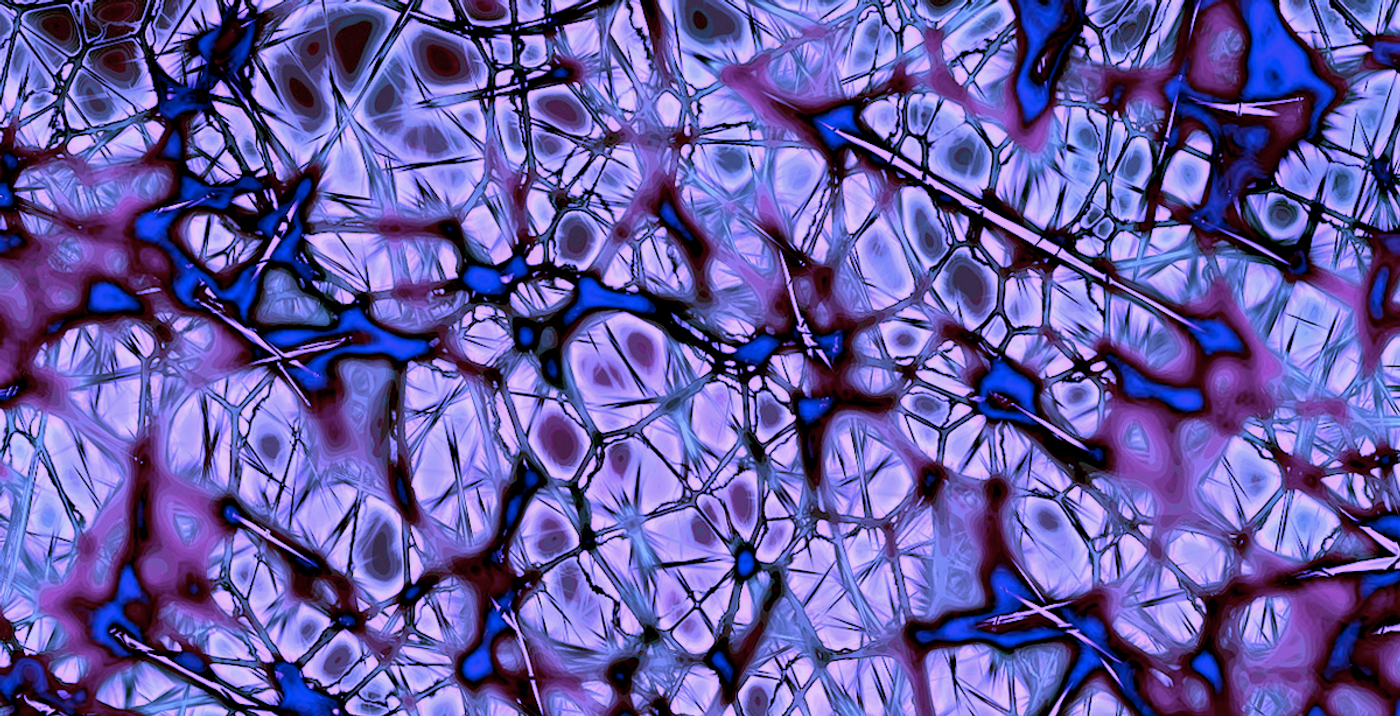A Common Denominator Among All Forms of ALS is Revealed
ALS (amyotrophic lateral sclerosis) is a motor neuron disease, which gradually causes a loss of movement. Eventually, patients become paralyzed and the disease is fatal, often due to respiratory failure caused by a loss of respiratory muscle function. A small number of genetic mutations, like those in a gene called SOD1, have been shown to cause ALS, but the vast majority of cases do not seem to be caused by a specific genetic mutation; only about ten percent of cases are hereditary. In recent years, scientists have linked changes in over 100 genes to ALS, some of which converge on similar biological pathways. That has suggested that there is a similar mechanism underlying all forms of ALS. Now, scientists may have made a breakthrough.
Reporting in the journal Brain, investigators examined post-mortem tissues from ALS patients. They found abnormal SOD1 protein in all of these tissues, whether they had come from patients with ALS that was caused by a SOD1 mutation, patients with genetic ALS that had not been linked to SOD1 mutations, and ALS patients with sporadic ALS, or cases that seem to have no connection to genetics.
"The results suggest this abnormal protein contributes to cell death in many forms of motor neuron disease, not just rare genetic cases of motor neuron disease," noted senior study author Professor Kay Double of the University of Sydney. "It is a big step in advancing our understanding of motor neuron disease. Our findings will direct further research and could ultimately lead to more effective treatments."
The SOD1 gene encodes for the SOD1 protein, superoxide dismutase 1. Normally, this protein is protective; it acts to clean up damaging free radicals that are generated during the normal course of cell metabolism. Abnormal accumulations of SOD1 protein has been found to cause death in motor neurons, and aberrant SOD1 has been shown to accumulate in parts of the spinal cord where motor neurons die, suggesting that the protein is causing that cell death, leading to ALS symptoms.
"We have shown for the first time that mechanisms of disease long hypothesized to occur in animal and cellular models are present in patients with motor neuron disease," noted lead study author Dr. Benjamin Trist of the University of Sydney. "This is a significant milestone in our understanding of ALS and motor neuron disease more broadly."
Now the researchers are following up on this work. They want to know more about how SOD1 is related to other proteins that have been implicated in motor neuron disorders; a report is forthcoming in Acta Neuropathologica Communications.
Sources: University of Sydney, Brain









